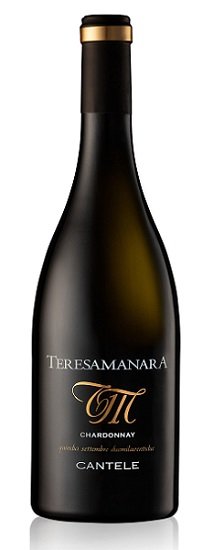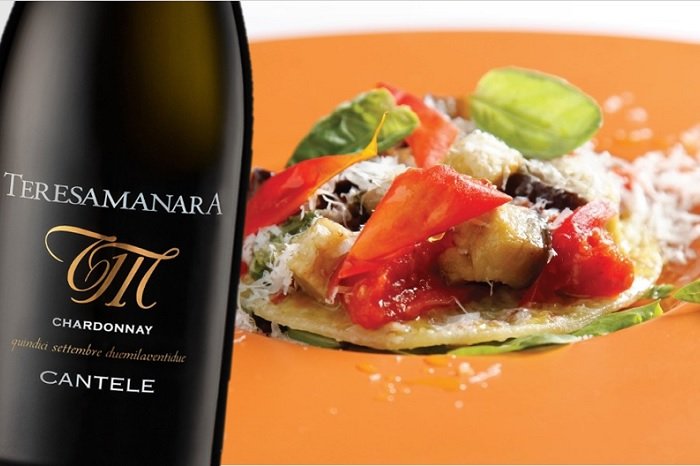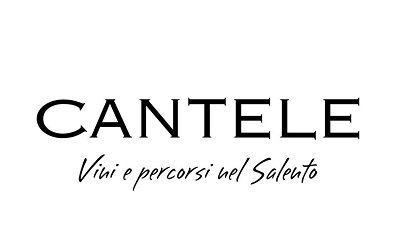Chapati is the traditional Indian bread, originating from the Punjab in India. We stuff it with summer vegetables and serve it with Salento Chardonnay Teresa Manara VT 15 Settembre 2022 Cantele.
Yeast-free, it has a flat, round shape, similar to a piadina.
Ingredients for 4 persons;
400 g flour 00; 200 g water; 10 g salt; 300 g ripe red tomatoes; 1 medium violet eggplant; 200 g Pecorino Romano Dop; 6 basil leaves; 60 g evo oil; salt to taste.
Directions:
In a bowl, combine the flour, water and salt and knead until smooth. Cover with plastic wrap and let stand for 10 minutes.
In plenty of salted water, blanch tomatoes for 30 seconds. Cool in water and ice, skin remove seeds and cut into pieces. In a saucepan, cook the tomatoes on a high heat. low for 20 minutes with a tablespoon of oil.
Cut eggplant into small chunks, dredge in flour and pan-fry in evo oil over high heat; when cooked, place on paper towels and salt.
For the chapati-about 80 to 100 gr.
Form a very thin disk with the help of your hands initially and then finish with a rolling pin.
Cook chapati in hot nonstick skillet for about 30 seconds per side over very high heat. As soon as it is taken off the heat sprinkle with Pecorino Romano Dop.
Place the still-warm chapati on a cutting board and cut it into four wedges, then, on a serving platter, top each wedge with the tomato cream, eggplant, Pecorino Romano flakes and basil. Here is Chapati with eggplant, tomatoes and pecorino Romano cheese ready.
 Wine pairing:
Wine pairing:
(Edited by Stefania Vinciguerra)
Salento Chardonnay Teresa Manara VT 15 Settembre 2022 Cantele
Intense yellow color. Complex but mostly very fine olfactory profile, with notes of acacia honey, flint, then cedar and wild flowers. Palate with a saline note, agile and fresh, with medium body and excellent savory persistence.
Production area: Guagnano, Salento. The soils have extraordinary natural fertility and originated from clay calcarenites of Salento dating back to the Upper Quaternary. They are deep, medium to high permeability , medium limestone, and sub-alkaline pH.
Grape varieties: 100% Chardonnay, espalier-trained with Guyot pruning.
Harvest: September 15, 2022, hence the name of the wine (thus changing every year).
Production processes: Soft pressing and must cooled to 10°C. First part of fermentation in steel at 18° C. and then in barrique. Maturation sur lies in barrique for about 8 months.
Serving temperature:
10°C.





